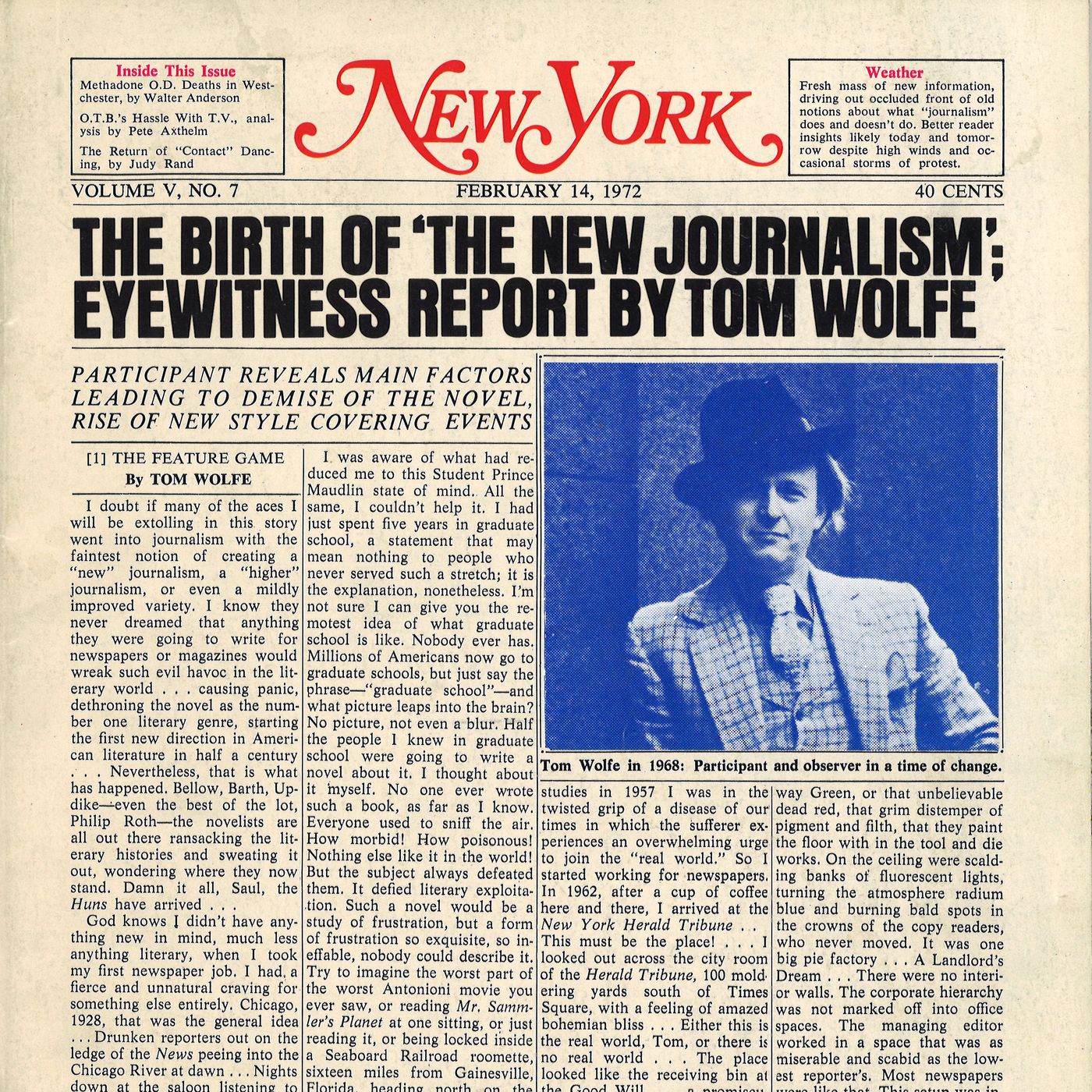3 Simple Techniques For News Articles
3 Simple Techniques For News Articles
Blog Article
What Does News Articles Do?
Table of ContentsThe Best Strategy To Use For News ArticlesWhat Does News Articles Do?6 Easy Facts About News Articles ShownRumored Buzz on News ArticlesThe Main Principles Of News Articles
Great knowledge of various subjects offers students an one-upmanship over their peers. Even though digital and social media are conveniently obtainable, we ought to not neglect how essential it is to read the newspapers. Moms and dads have to try and instill the habit of reviewing a newspaper as a day-to-day routine to continue the heritage of the revered print tool.Information tales additionally contain a minimum of among the complying with vital features relative to the intended audience: proximity, prominence, timeliness, human interest, anomaly, or effect. The relevant term journalese is occasionally used, normally pejoratively, to describe news-style writing. One more is headlinese. Newspapers generally follow an expository writing style.
Within these limits, newspaper article additionally aim to be extensive. Nevertheless, other elements are included, some stylistic and some originated from the media form. Amongst the larger and more revered papers, justness and equilibrium is a significant consider offering details. Commentary is usually restricted to a different area, though each paper might have a different total angle.
Papers with an international audience, for instance, tend to make use of a more official style of composing. News Articles.; common design overviews include the and the United States News Design Book.
News Articles Fundamentals Explained
As a rule, journalists will certainly not utilize a long word when a short one will do. News authors attempt to avoid making use of the same word extra than once in a paragraph (often called an "echo" or "word mirror").
Headings in some cases omit the topic (e.g., "Leaps From Watercraft, Catches in Wheel") or verb (e.g., "Pet cat lady lucky"). A subhead (also subhed, sub-headline, subheading, caption, deck or dek) can be either a subordinate title under the main heading, or the heading of a subsection of the write-up. It is a heading that comes before the primary text, or a team of paragraphs of the main message.

of a short article subject, source, or interviewee), it is described as a drawn quote or draw quote. Added signboards of any one of these kinds may show up later on in the write-up (specifically on subsequent pages) to attract more reading. Journalistic web sites occasionally make use of animation methods to switch one billboard for another (e.g.
About News Articles
Such billboards are also made use of as guidelines to the write-up in various other sections of the publication or site, or as ads for the item in other magazine or site web sites. Press launch of the Swiss government. Normal structure with title, lead paragraph (recap in strong), other paragraphs (details) and call info.

Instance of a hard-lead paragraph NASA is recommending another room job. The budget plan demands about $10 billion for the project.
The NASA announcement came as the agency requested $10 billion of appropriations for the task. An "off-lead" is the second crucial front web page information of the day. The off-lead appears either in the leading left corner, or directly below the lead on the right. To "bury the lead" is to start the short article with background info or information of additional value to the readers, compeling them to find out more deeply into a short article than they should need to in order to find the essential points.
The Buzz on News Articles
Common use is that a person or more sentences each develop their own paragraph. Reporters normally describe the company or structure of an information tale as an upside down pyramid. The important and most fascinating aspects of a tale are put at the beginning, with supporting information adhering to in order of decreasing value.
It enables people to discover a subject to just the deepness that their interest takes them, and without the charge of details or subtleties that they might take into consideration pointless, yet still making that details readily available to extra interested visitors. The inverted pyramid structure additionally allows posts to be trimmed to any kind of approximate size throughout layout, to suit the room readily available.
Some writers start their tales with the "1-2-3 lead", yet there are lots of type of lead offered. This format inevitably starts with a "Five Ws" opening paragraph (as described above), complied with by an indirect quote that offers to support a significant component of the first paragraph, and after that a straight quote to support the indirect quote. [] A kicker can describe multiple things: The last tale in the information broadcast; a "happy" story to end the program.
Longer write-ups, such as publication cover short articles and the pieces over at this website that lead the within sections of a newspaper, are recognized as. Feature tales vary from straight news in numerous ways. Foremost is the absence of a straight-news lead, most of the moment. Rather than using the essence of a story in advance, feature writers may try to lure viewers in.
The Buzz on News Articles
A function's very first paragraphs often relate an intriguing minute or occasion, as in an "anecdotal lead". From the particulars of an individual or episode, its sight swiftly visit our website expands to generalizations concerning the tale's topic.

The Editor's Tool kit: A Recommendation Overview for Beginners and Professionals (2001) Allan M. Siegal and William G. Connolly. The New York Times Handbook of Design and Usage: The Official Style Guide Used by the Writers and Editors of the Globe's Most Reliable Newspaper (2002) M. L. Stein, Susan Paterno, and R.
Report this page